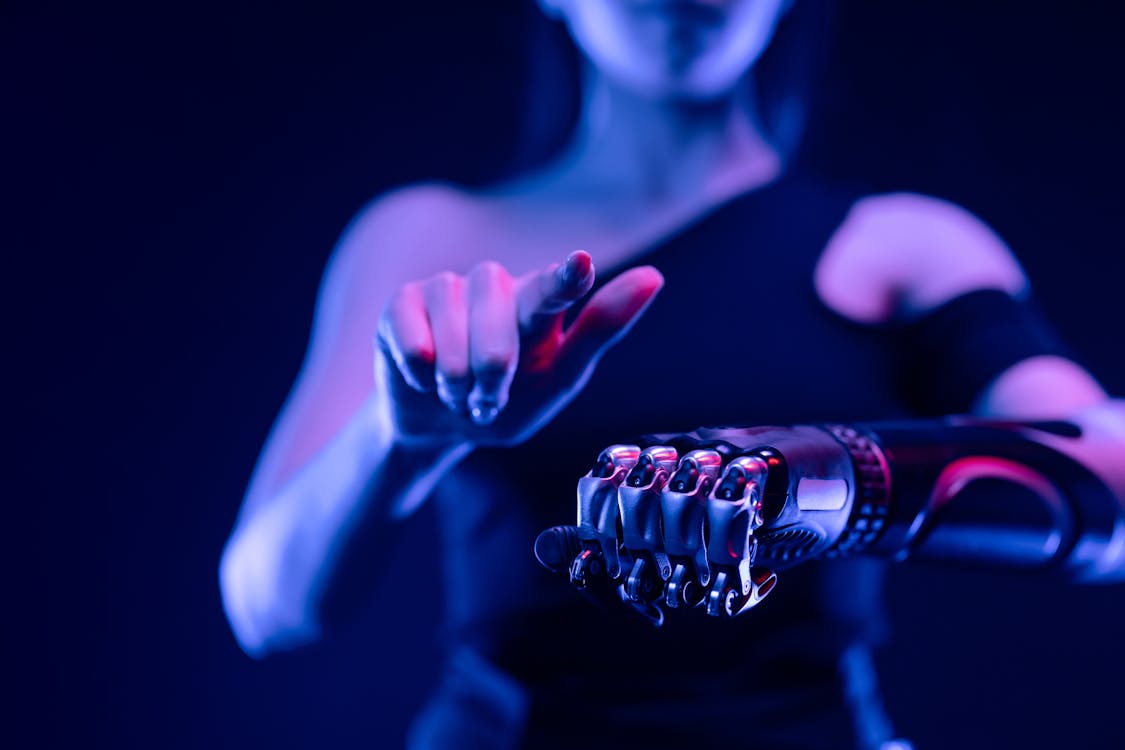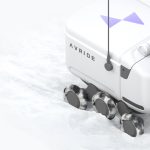

China is rapidly advancing its efforts in humanoid robotics, intensifying competition with Tesla, which has been a frontrunner in the field since introducing its Optimus robot in 2021. At the recent World Robot Conference in Beijing, Chinese companies unveiled new humanoid robots, signaling a strong move to establish a global leadership position in robotics, similar to the country’s strategy in the electric vehicle market.
China’s Strategic Push and Government Support
China’s approach to humanoid robotics involves robust government support and fierce price competition among numerous new entrants. Xin Guobin, China’s vice minister for industry and information technology, emphasized that the country is an “important force in the global robot industry” at the opening of the Beijing event.
The Chinese government has been instrumental in this push. In January, Beijing launched a $1.4 billion state-backed fund for robotics, followed by Shanghai’s announcement in July of a similar $1.4 billion humanoid industry fund. These initiatives are part of President Xi Jinping’s policy to develop “new productive forces” in technology, as highlighted in the event’s brochures.
The Robot Showcase
The number of demos at the conference was several times higher than last year’s, indicating the significant impact of artificial intelligence (AI) models from companies like OpenAI and Alibaba.
One of the standout companies at the conference was Shenzhen-based Stardust Intelligence, which showcased its Astribot S1 humanoid robot—which was capable of doing intricate tasks such as folding a shirt and pouring wine.
Lanchi Ventures, an investor in Shanghai-based Agibot, revealed five new robots at the conference, some of which are available for preorder. Agibot aims to begin deliveries in mid-October, with robots designed to act as salespeople, gallery guides, or factory part pickers.
Tesla’s display at the conference, however, was notably subdued. Optimus stood motionless in a plexiglass box, a stark contrast to the lively demonstrations by Chinese companies.
Despite this, Tesla remains committed to its plans to transition from prototypes to small-volume production in the near future, aiming to integrate these robots into their manufacturing processes. “Next year, there will be more than 1,000 of my compatriots in the factory,” read a sign next to Optimus.
Elon Musk, CEO of Tesla, has ambitiously claimed that Optimus could one day perform a variety of household tasks such as folding laundry, cooking, cleaning, and even teaching children. Musk touted that Optimus “has the potential to be more significant than [Tesla’s] vehicle business over time.”.
An Industry Poised for Mass Production
China’s rapid advancements in humanoid robotics remain a threat to Tesla’s early lead in the market despite Tesla’s head start in AI development.
Arjen Rao, an analyst at the China-based LeadLeo Research Institute, says, “China’s humanoid robot industry demonstrates clear advantages in supply-chain integration (and) mass production capabilities.”
Goldman Sachs forecasted in January that the annual global market for humanoid robots would reach $38 billion by 2035, with nearly 1.4 million shipments for consumer and industrial applications. The cost of materials to build these robots has fallen to about $150,000 each in 2023, excluding research and development costs.
“There is big room to squeeze the cost down,” said Hu Debo, CEO of Shanghai Kepler Exploration Robotics. “China specializes in fast iteration and production.”
Wei Cao, partner at Lanchi Ventures, noted that the next milestone for humanoid development would likely occur in the next year or two, with robots achieving commercially viable use cases in manufacturing.




















